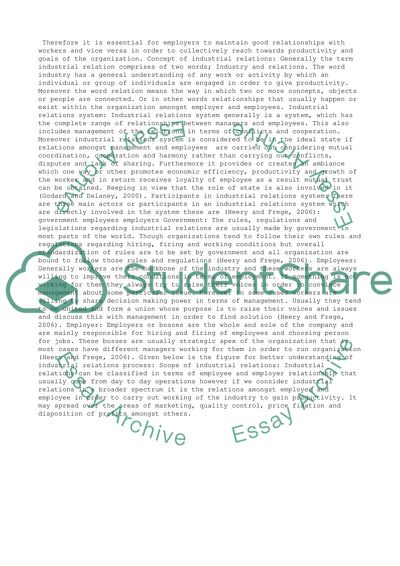Cite this document
(“Industrial relations Assignment Example | Topics and Well Written Essays - 3000 words”, n.d.)
Retrieved de https://studentshare.org/management/1401324-industrial-relations
Retrieved de https://studentshare.org/management/1401324-industrial-relations
(Industrial Relations Assignment Example | Topics and Well Written Essays - 3000 Words)
https://studentshare.org/management/1401324-industrial-relations.
https://studentshare.org/management/1401324-industrial-relations.
“Industrial Relations Assignment Example | Topics and Well Written Essays - 3000 Words”, n.d. https://studentshare.org/management/1401324-industrial-relations.


